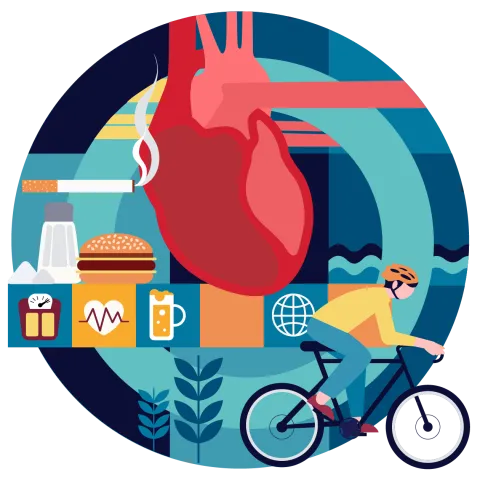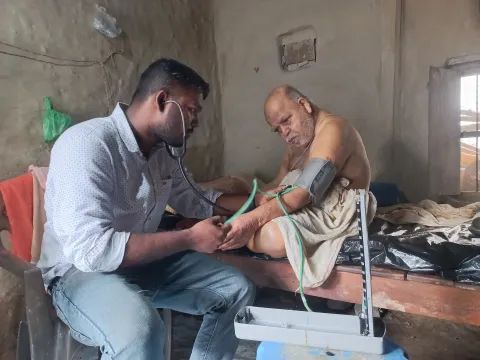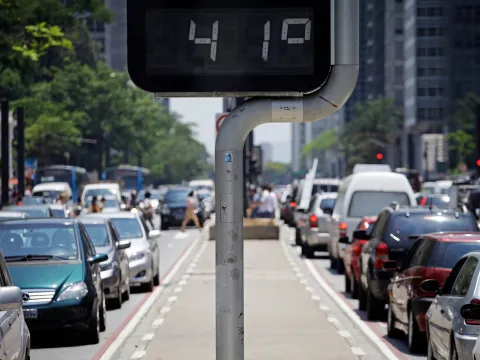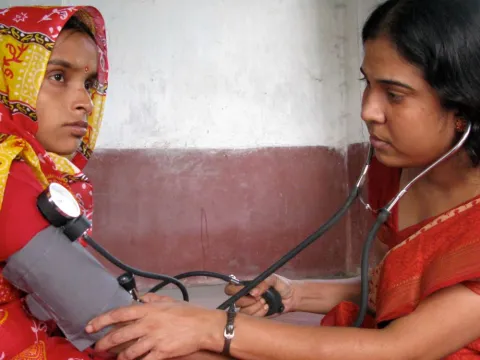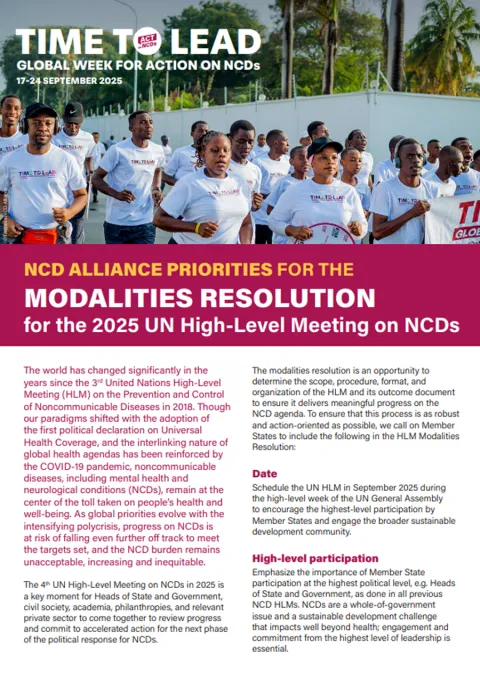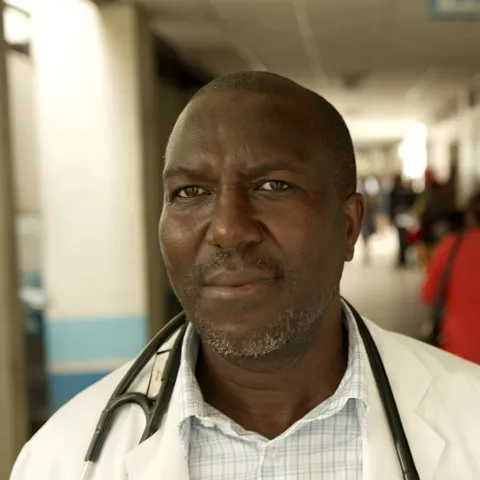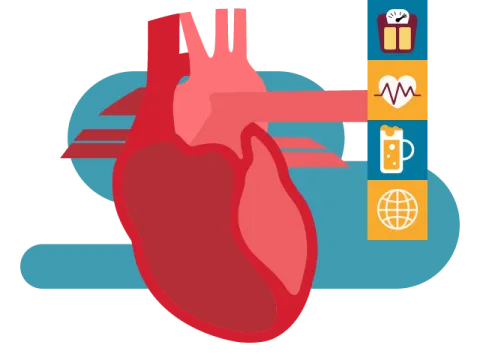
Key Facts
CVD hits low- and middle-income countries hardest
High-income countries have managed to lower CVD mortality rates in the past decades, but low- and middle income countries (LMICs) are seeing the opposite, with a rising number of deaths - including those before age 70. Many of these countries are not equipped for CVD prevention, early detection or treatment.
Women face inequity in CVD care
CVD is often considered ‘a man’s disease’, despite being the leading cause of death in both men and women. Due in part to this bias, women are more likely to be misdiagnosed, diagnosed at an advanced stage, and undertreated.
CVD is inseparable from planetary health
Air pollution is a leading cause of CVD, and the climate crisis is driving unsustainable food systems and limiting possibilities for physical activity. To reduce the CVD burden, we must make planetary health a priority.

